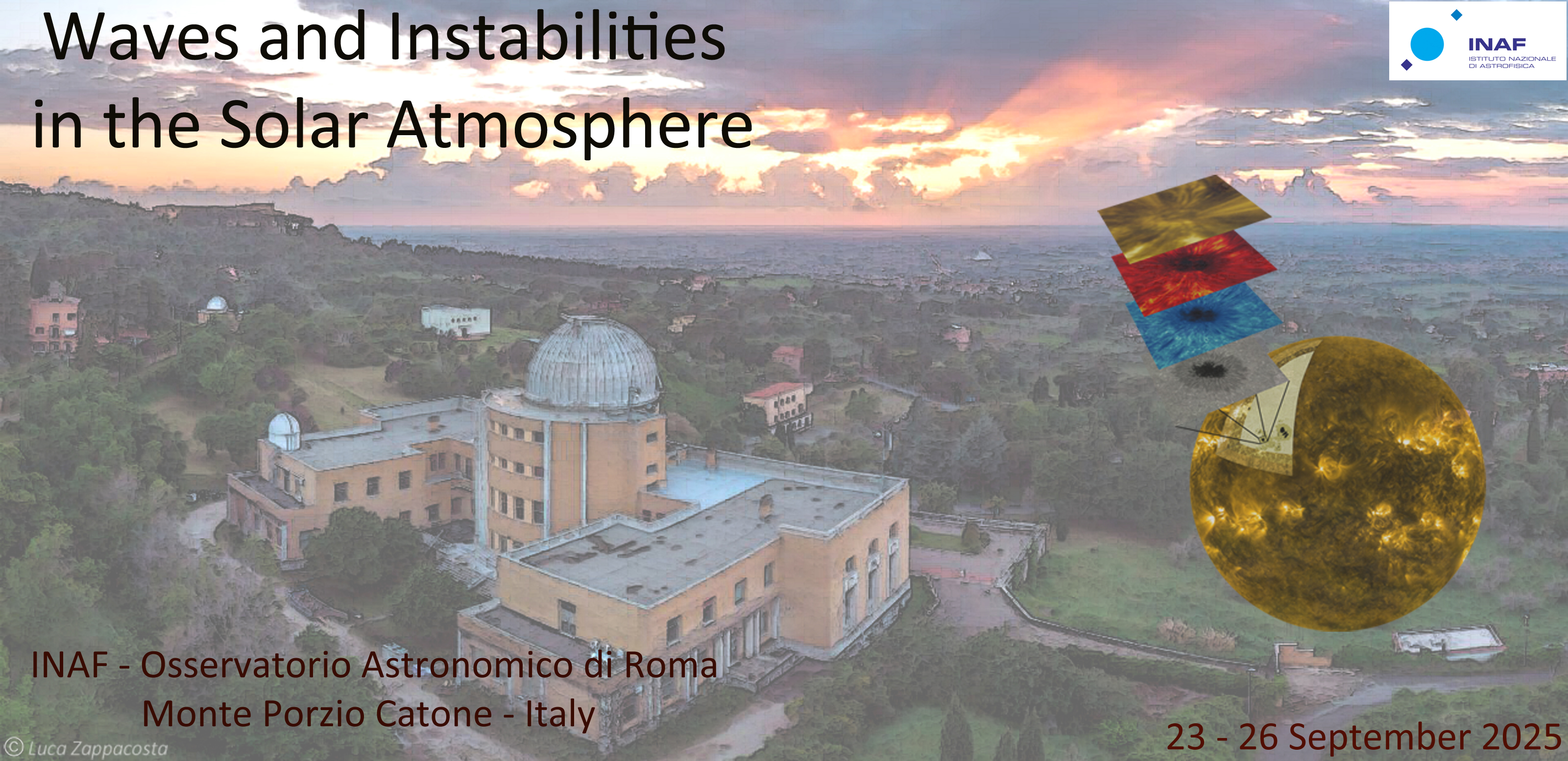Conveners
Invited Review Talk: Wave theories and modelling in the lower solar atmosphere
- Gary Verth (University of Sheffield)
Invited Review Talk: From the Core to the Solar Atmosphere: Advances and Frontiers in Helioseismology
- Markus Roth (Thüringer Landessternwarte Tautenburg, Germany)
Invited Review Talk: Wave observations in the solar atmosphere
- David Jess (Queen's University Belfast)
Invited Review Talk: Novel diagnostic techniques for detecting MHD wave modes in the solar atmosphere
- Marco Stangalini (ASI Agenzia Spaziale Italiana)
Invited Review Talk: Shocks and instabilities in the partially ionised solar atmosphere
- Andrew Hillier (University of Exeter)
In this talk I will review recent progress and the remaining challenges in both modelling and analysing observed magnetohydrodynamic (MHD) waves in the lower solar atmosphere. To model waves in sunspot umbrae, we have had to go beyond the standard cylindrical flux tube model due to the irregular shapes of the MHD waveguides. For sunspots the umbra/penumbra boundary shape is reasonably static...
Helioseismology has revolutionised our understanding of the Sun’s
internal structure and dynamics, offering unparalleled insights into
processes hidden beneath the solar surface. In this review, I will
summarise key developments in global and local helioseismology,
including recent advances in determining large-scale flows in the solar
interior. I will highlight the current status of...
Within the last decade, solar physics has moved into a golden era of discovery. A diverse assortment of ground- and space-based facilities have helped make rapid progress in the detection, identification, characterisation and understanding of dynamic oscillatory motions spanning the entire solar atmosphere. Combined modelling efforts have resulted in a number of outstanding science questions...
Over the past few years, multi-line spectropolarimetry has revolutionized diagnostic capabilities, enabling the accurate identification of MHD modes in diverse structures and assessing their contributions to the energy budget of the solar atmosphere. In this presentation, I will illustrate the potential of these diagnostic techniques through the analysis of several illustrative cases....
Observations of the Sun reveal a rich array of dynamics throughout all levels of the solar atmosphere. In many cases. the observed dynamic motions are driven by the magnetic field. However, the lower solar atmosphere, i.e. the photosphere and chromosphere, is a partially ionised plasma, with most of the species being neutral. This means that the driver of the fluid motions cannot directly...

